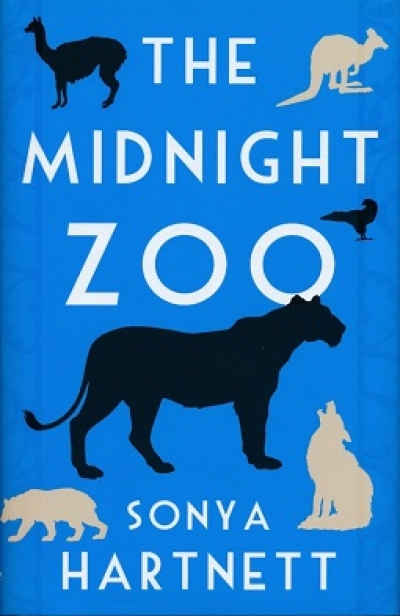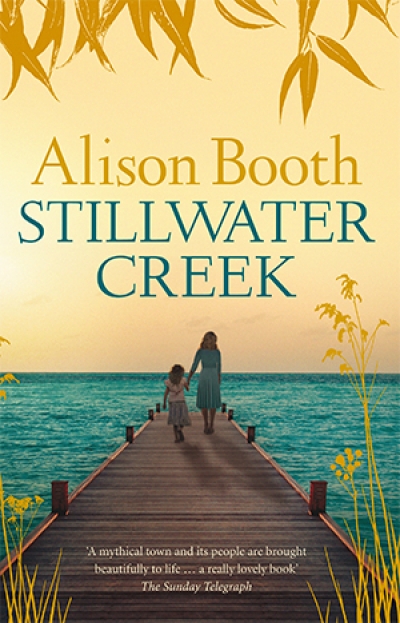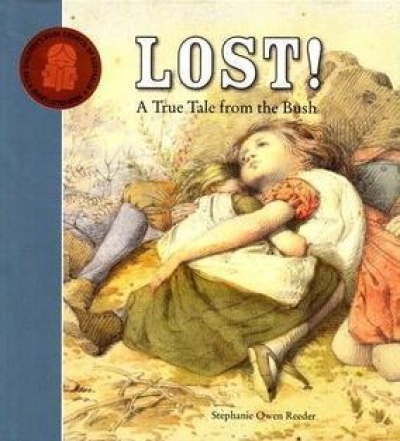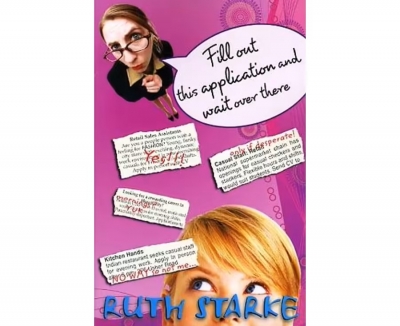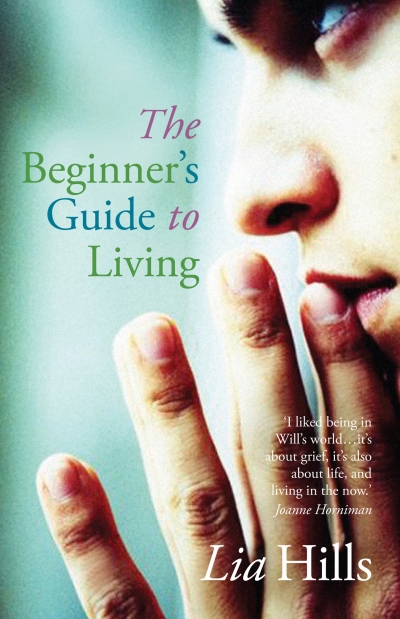Ruth Starke
The Midnight Zoo by Sonya Hartnett & The Red Wind by Isobelle Carmody
by Ruth Starke •
Lost! by Stephanie Owen Reeder & 60 Classic Australian Poems edited by Christopher Cheng
by Ruth Starke •
Fill Out This Application and Wait Over There by Ruth Starke
by Chris Thompson •
The Beginner’s Guide to Living by Lia Hills & Posse by Kate Welshman
by Ruth Starke •
Goodbye Jamie Boyd by Elizabeth Fensham & Saltwater Moons by Julie Gittus
by Ruth Starke •

